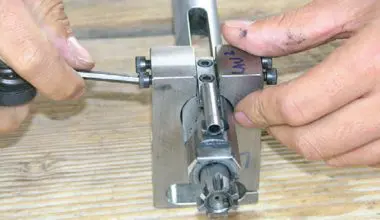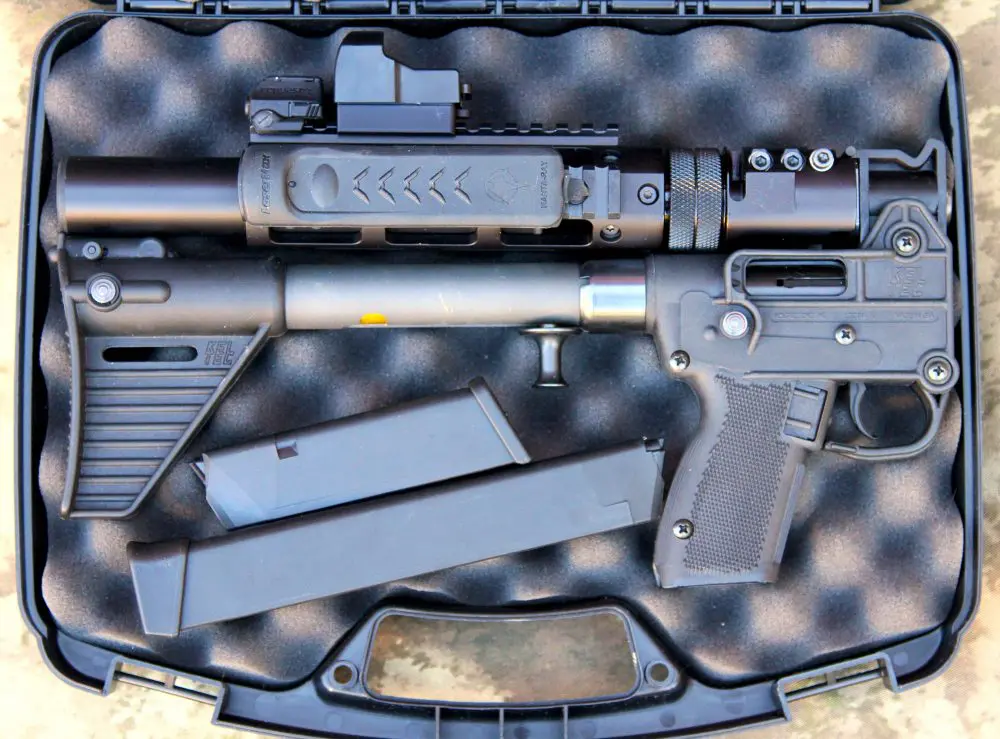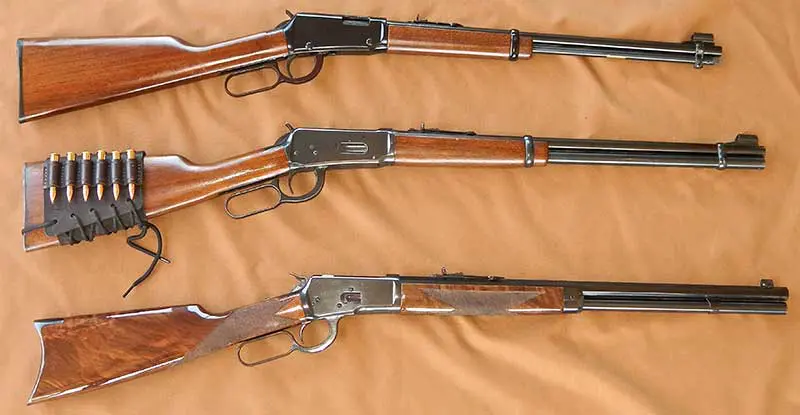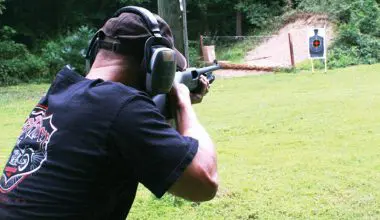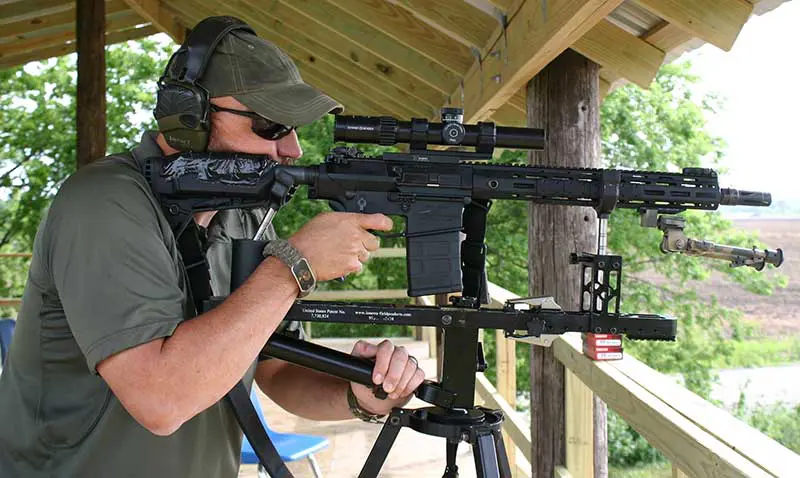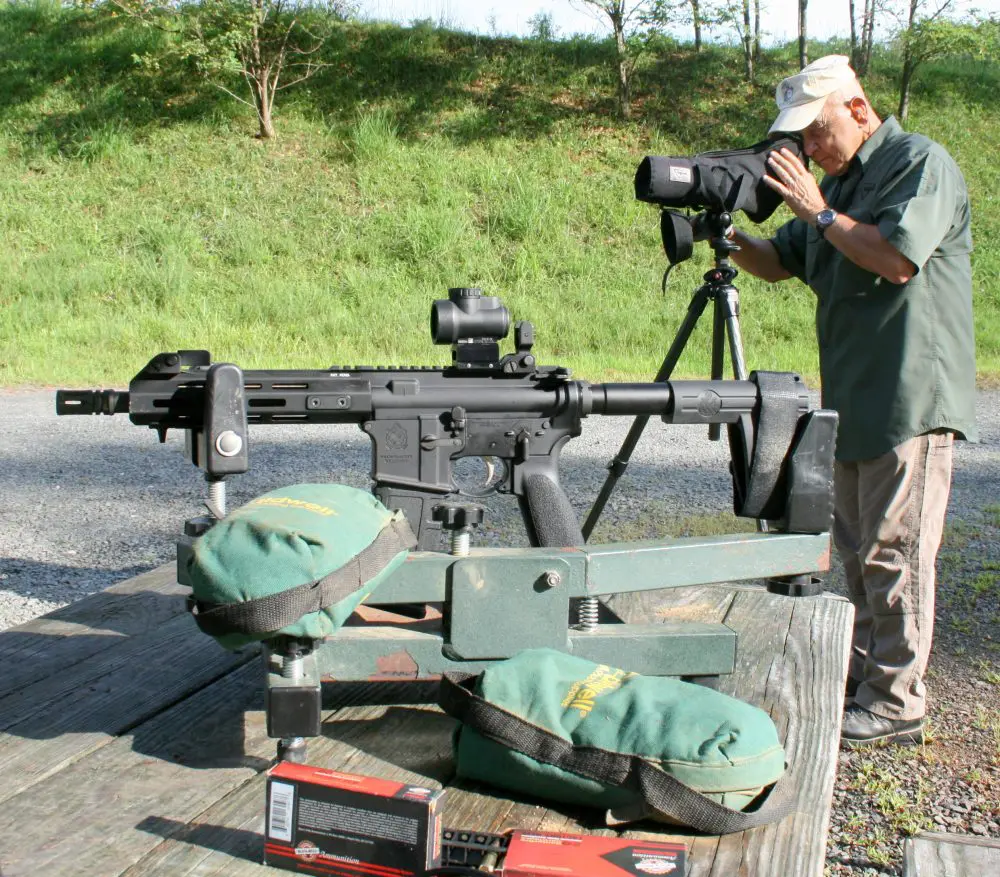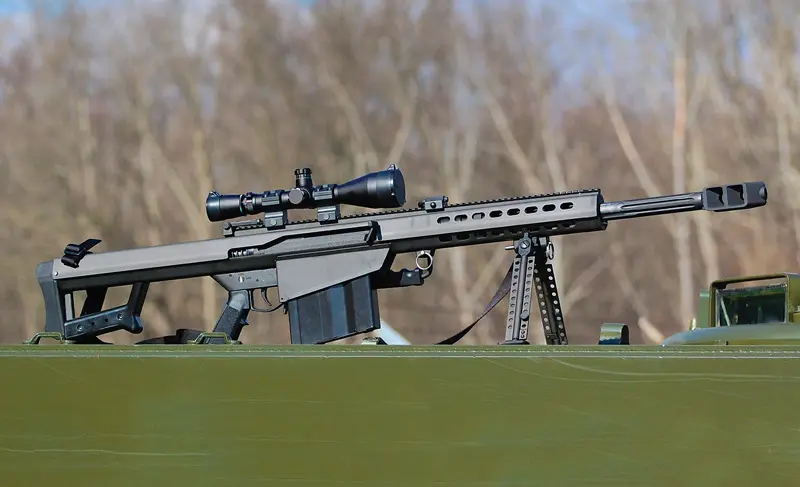
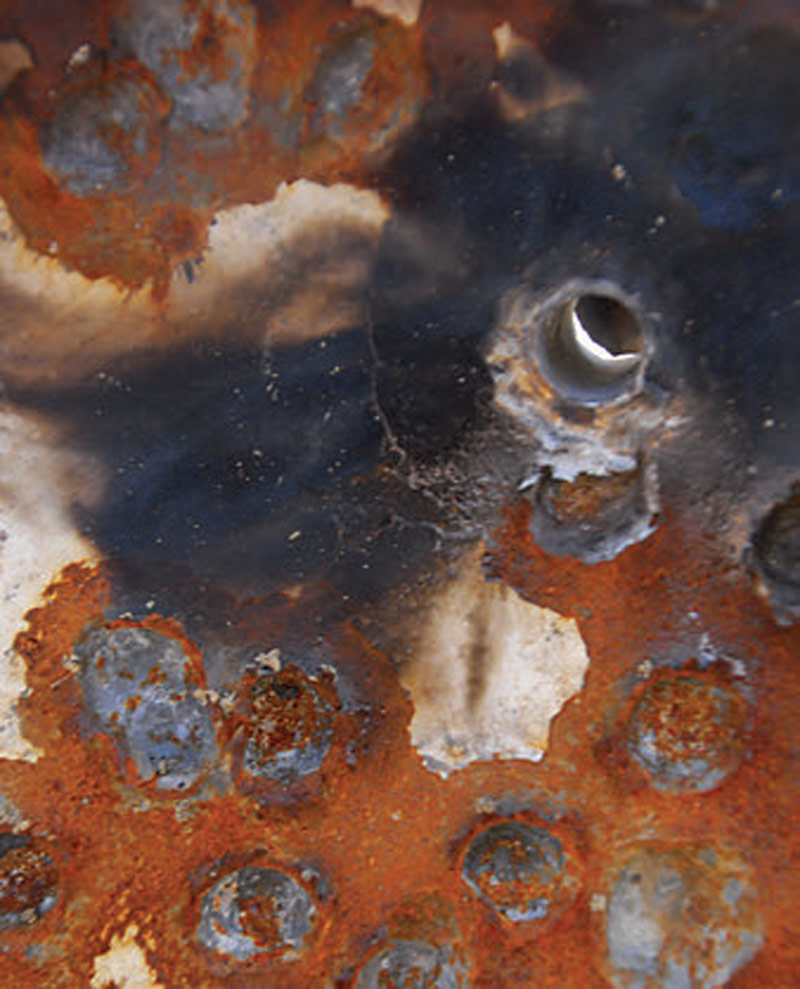
There are few gun enthusiasts who don’t know the name Barrett, which has been synonymous with the .50 BMG and M82 for more than 20 years. An argument could be made that it has become an American icon in the world of firearms, being one of the most recognized and sought-after weapons by law enforcement, military and gun collectors.
Many have heard legendary tales of the combat-proven Barrett .50 caliber. As a long-range rifle, it has no equal. As an instructor, I have used the weapon system for years and know a great deal about it, but what I learned about the people making the rifle was much more than I expected.
The rest of the story with Barrett is not how well the rifle performs; later I’ll touch on how it lives up to its legend. The customer service and support from Barrett are the real story and what sets the company apart from most in the industry.
Table of Contents
THE MAD SCRAMBLE
I have had opportunities to use the M82 and M107 over the years, but recently had an M82A1CQ and large quantities of ammo at my disposal. I had been tasked with conducting a pre-deployment training course when I received a call from my liaison advising me that more troops had to be added to the upcoming training immediately to meet the deployment schedule.
The last-minute addition was not unusual, but left me only four days to secure all the needed equipment for the additional troops, including another M82A1CQ chambered in .50 BMG. As if this were not hectic enough, it all happened on a Thursday afternoon before a holiday weekend, and training started the following Monday.
My first call was to my weapons procurement specialist, Steve Sandridge. Many people have their gun dealer on speed dial, but very few can call their weapons guy 24/7 from anywhere in the world and have him respond. After I gave Steve my good news and told him about the time crunch, he said his usual “I’ll try my best” and went on to locate a Barrett M82A1CQ.
BARRETT ON BOARD
The contact with Barrett started with Vicky and her willingness to go above and beyond to help. Since Barrett does all the work in-house, Vicky was able to have the craftsmen at Barrett literally build our rifle and ship it the same day. Vicky and the Barrett staff even worked overtime to ensure the rifle was completed and shipped so we would have it in time to start the training rotation.
From the minute I placed my call to Steve until the rifle was in my hands, the time was 53 hours. Now as impressive as that is, there are a few points of fact that should be mentioned. At no time did Vicky or anyone at Barrett know who the end user of the rifle was. They had no idea that their actions and attitude— right or wrong—would be revealed in a national publication.
They simply knew one of their dealers wanted it for a customer who needed a rifle ASAP. The support and customer service from Barrett were great. In this day and age of automated voice systems and generic emails, it’s nice to know that real people who care about their work and their customers still exist in the firearms industry.
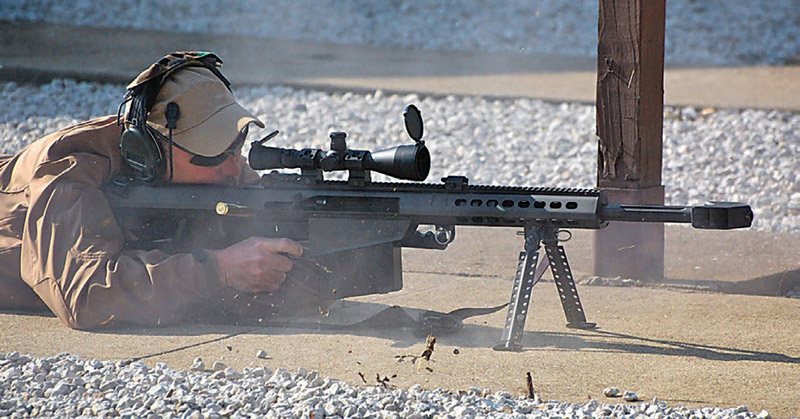
THE FINAL PRODUCT
The M82A1CQ came in a Pelican case with an Otis cleaning kit and Leupold Mark 4 4X14 scope mounted on it. The scope was mounted to the rifle with Barrett rings that are stout, to say the least.
The M82A1CQ is a shorter version of its historic big brother, sporting a 20- inch barrel instead of the standard 29- inch version. The CQ version weighs in at 30 pounds, has a ten-round detachable magazine, and comes with the standard M2-style bipod.
The rifle displayed typical Barrett reliability, feeding everything we put through it, including AP, API and MK211 (Raufoss) rounds. Barrett 661-grain FMJ was the most accurate round. Overall accuracy of the rifle was very good. We consistently maintained one- to threeinch groups at distances from 100 to 400 yards, with the best group a .75- inch cluster at 100 yards using Barrett 661-grain FMJ.
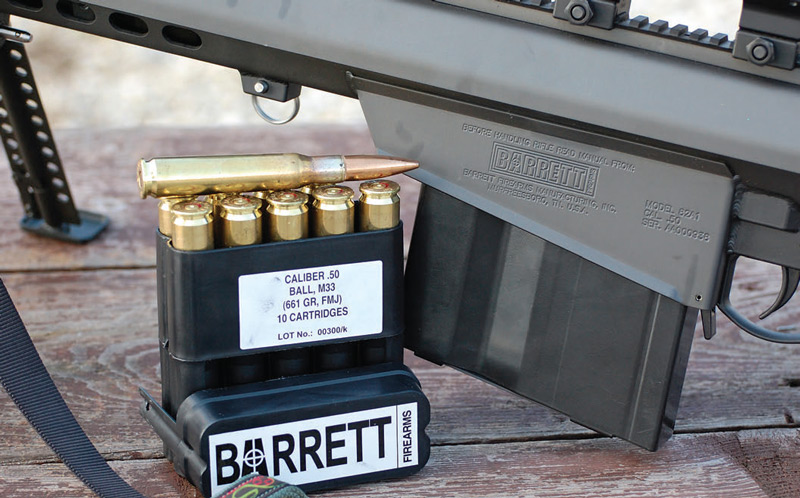
THE MISSION
For those of you who just read that and asked, “Why are they shooting a .50 BMG at 100 yards?” the answer is simple—we have a different mission for this rifle than most. The M82 is known for its long-range heroics and combatproven reliability. There are many welldocumented long-range engagements with this system. Our mission requires the rifle be used at close distances for its tremendous stopping power.
Although the M82A1CQ is capable of long-range shots—and during the training course we use it on targets out to 1,000 yards—it was specifically chosen for its compact size. Our use for the rifle starts with its ability to maneuver easily in and around vehicles and stop them quickly if needed. The ability to rapidly change out magazines and go from FMJ rounds to API rounds capable of punching thick steel makes the M82A1CQ a force multiplier.
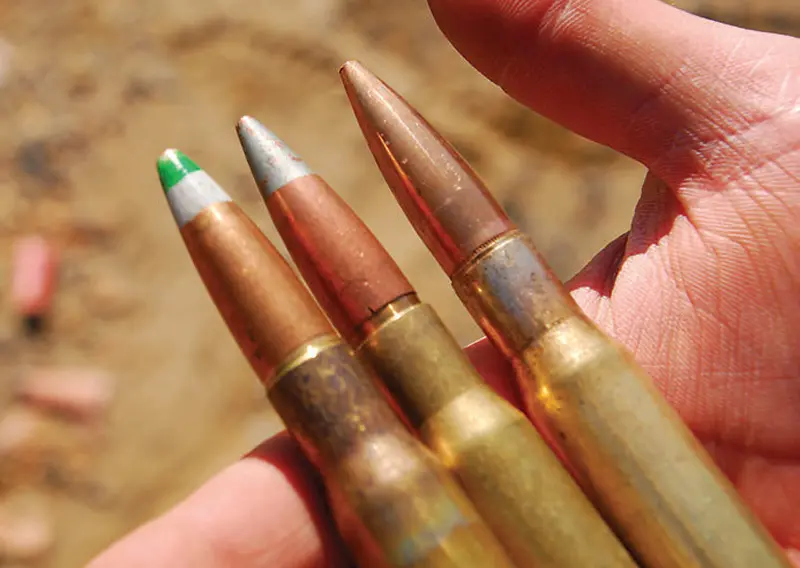
ZEROING
Barrett recommends a 100-yard zero when using their Barrett Optical Ranging System (BORS) or a 300-yard zero if not. One thing I do not allow our students to do is use the BORS or any range finders in the first phase of the course. All students are made to use their mildot scopes for range estimation until they can accurately determine distance.
There are many schools of thought on this subject. I compare it to making kids learn multiplication and long division. If you can do it in your head, it becomes that much easier if you have a calculator and understand the why behind it. The same is true for range estimation. If you can use and understand mildots, the world is your tape measure.
It’s often very difficult for someone to identify a threat in a moving vehicle. It usually requires close proximity and the ability to shoot at fast-moving targets. These distances can change quickly and will not allow the time needed to use handheld rangefinders. Having a weapon zeroed for mission-appropriate distances that work for you operationally and understanding how to use mildots to assist in hold over or hold off are far more important than zeroing to an arbitrary standard.
I have had great student success with this range estimation method and have had many students tell me when they do use their BORS or rangefinders after learning how to use mildots, they feel like they can’t miss. The confidence of a sniper or dedicated marksman in making his shot is crucial for success.
The other big component in success is repeatable and reliable shot placement. Most of our M82 rifles were zeroed for 100 yards or less, with many of our targets at moving distances of 25 to 100 yards.
I always get questions and comments when it comes to weapons zero distances. There is a misconception that weapons should all be zeroed at the same standard distance. My “standard” answer is it depends on your weapon, area and mission. I have witnessed instructors browbeat students and insist on them having a 50-meter zero on an M4, only to send them into a shoot house and watch the student forget or simply not understand his offset. The result is usually the same: students miss targets or hit unintentional targets due to their offset. The 50-meter zero is a good overall zero for an M4. I have no intention of starting a zero debate, whether for the .50 BMG or the M4, but that standard may not be appropriate for all.
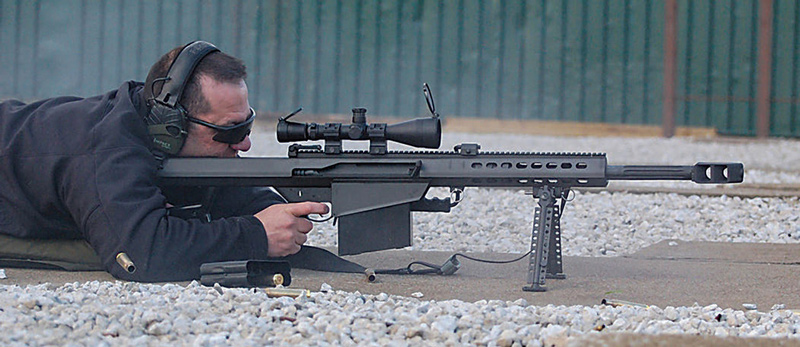
WHAT’S YOUR MISSION?
As an example, I work in a very urban area. You can walk between houses and literally touch both at the same time. The yards are extremely small and narrow, with very little distance across the street. When our 30-man SWAT team conducts entries, everyone typically has an assigned position for the mission. As the team leader, I am always in the house. My engagements would be measured in feet, not meters. Since this is how I have spent the last 17 years, why would I have a 50-meter zero on an M4 and worry about offset under stress when engaging this closely?
The argument this always raises is that Special Op Team “X” uses the 50-meter standard zero and does so with success. The same teams probably shoot a modified SOPMOD course of fire as a qualification as well. That may be a very good zero for them and will cover many different environments, but not all. The other often-overlooked point is that those teams practice shooting like I drink coffee, and often are an exception to the rule. They fully understand offset and zero because they train repeatedly on it.
The point is, whether using an M4 or M82, if you know your operational environment, you should set yourself up for success. In my environment, engagements happen at very close ranges. U.S. Department of Justice stats still show that most law enforcement shootings take place under 21 feet. My M4 is zeroed based on my mission and experience. The same is true for the zero on the Barrett. Our environment for the M82 was one of a vehicle stopper at very close distances, sometimes from a moving vehicle. Although there are some good starting points for a weapon zero, your zero should always be driven by your mission and what is appropriate for you, not by an arbitrary standard.
Our mission for the M82A1CQ course was to stop vehicles quickly at close distances, and it performed like a champ. The Barrett was used against SUVs, cinderblocks, concrete and plate steel. The stopping power of the .50 BMG is without question.
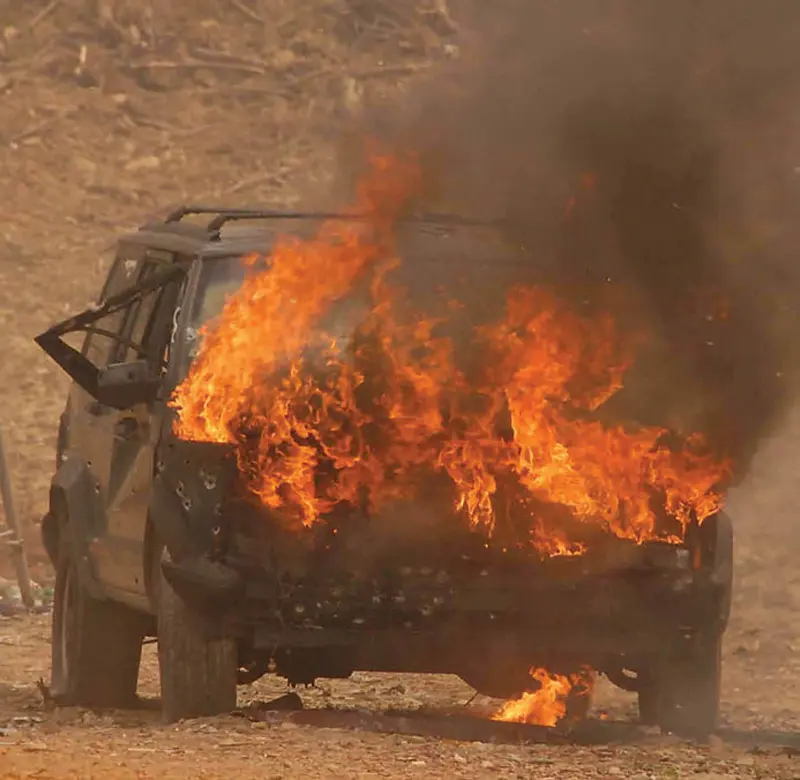
RECOIL
The big question everyone asks about the Barrett is recoil. As someone who has spent the better half of his life shooting large calibers—including foreign military and custom weapons that fall into the “don’t try this at home” category— I can say with some experience that the rifle recoil is mild for what it is. As a cop with a bad shoulder, I would rather shoot my Barrett .50 than some pump shotguns with slugs. The muzzle brake and recoil system are very effective. I am not saying the rifle is without recoil, but when you consider that you’re shooting a small artillery piece, it’s very mild for what it is.
MEETING THE BARRETT CREW
After the training course, I attended the 2012 SHOT Show and made a point to stop by the Barrett booth. I started to share my customer service experience with one of the Barrett representatives. He stopped me mid-sentence and asked if he could introduce me to his boss. A few seconds later, I was meeting Angela Barrett. I conveyed my story about Vicky and the Barrett staff, and Angela introduced me to Vicky.
Everyone at Barrett seemed genuinely interested and happy to meet one of their end users. After a 30-minute conversation with Angela and her repeated “If there is anything we can ever do for you, please let me know,” I was extremely impressed. Barrett offered everything from training assistance to tech support, samples, literature, and continued customer service.
The rifle is built like a tank, but the offer was still impressive. With today’s sales-driven quotas, automated customer service, and outsourced tech support, it was nice to see real people stand behind their product from start to finish. I enjoyed meeting the people I’d dealt with and putting friendly faces to the names of the people who’d built my rifles.
When I call Barrett, I get Americans in Tennessee who actually enjoy their jobs and are eager to help. Being able to call the owner directly should you have a problem or question is unheard of nowadays.
The rifle is a weapon with no equal and lives up to its well-deserved claim as the king of the .50 BMGs, but Barrett’s service and support are what really make this the best .50-caliber system in the world.
